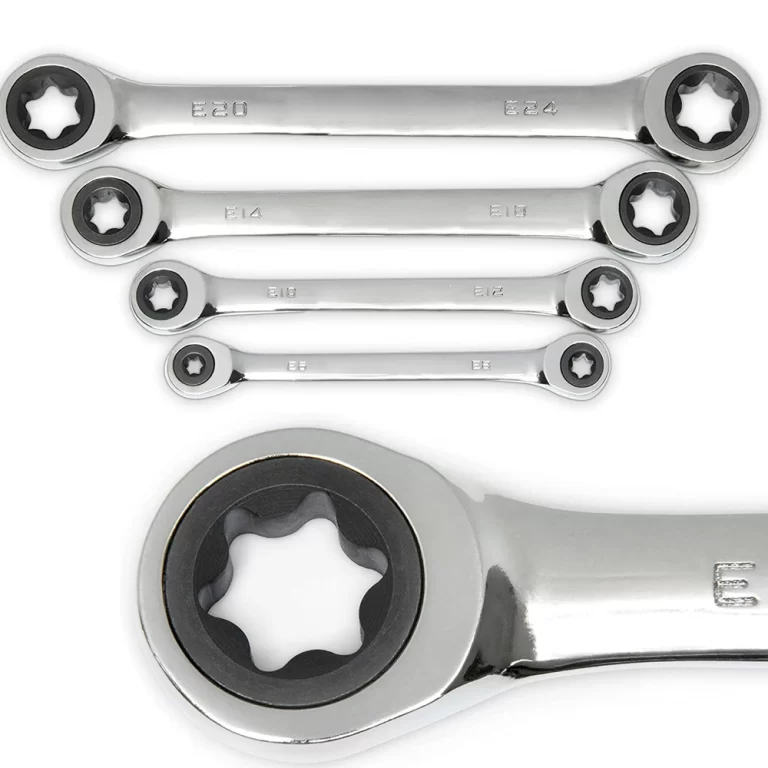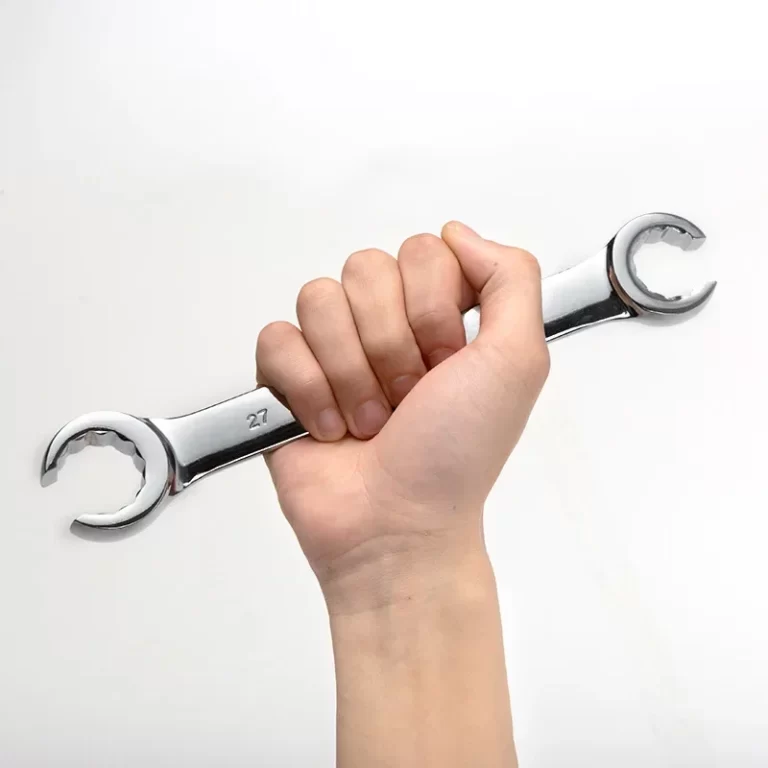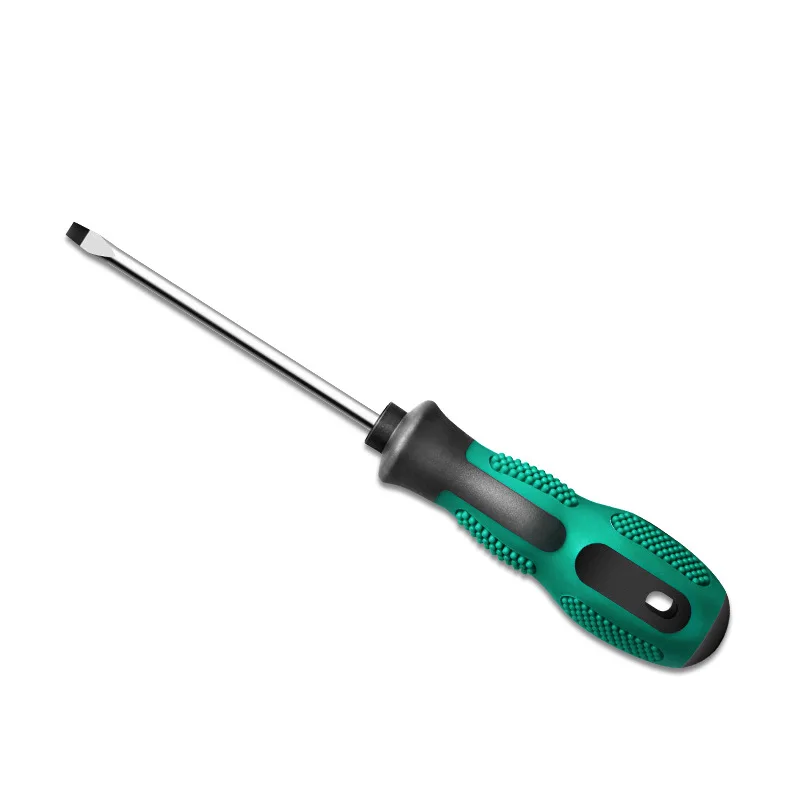
Phillips Head Screwdriver: Key Advantages and Proper Usage
Introduction
The Phillips head screwdriver is a staple in any toolkit. This tool is known for its cross-shaped tip. It fits into the matching screw heads. This unique design allows for greater torque. This means more turning power with less effort. Beginning users and seasoned pros both rely on it.
The Invention and History of Phillips Head Screwdrivers
The Phillips head screwdriver came to be in the 1930s. Its creator, Henry F. Phillips, was an American businessman. He designed the screwdriver and its companion screw. His goal was to make auto manufacturing easier. The Phillips head design was a game-changer. It allowed for quicker and more reliable screw fastening. This was especially true in assembly line work. Soon after, its use spread to other industries and home use.
The Design and Mechanics of Phillips Head Screwdrivers
The Phillips head screwdriver stands out for its design. It has four symmetric flutes. These are intentional. They allow the screwdriver to self-center in the screw head. This design prevents slippage, or ‘cam-out’. It reduces wear on the screw head. There are different sizes of Phillips head screwdrivers. Each matches a corresponding screw size. This ensures a perfect fit and optimal torque. When used correctly, Phillips head screwdrivers make jobs faster and safer.
 Types of Phillips Head Screwdrivers
Types of Phillips Head Screwdrivers
When it comes to jobs requiring a Phillips head screwdriver, one size does not fit all. Different tasks call for various types of screwdrivers. Knowing the right one to use is key to efficiency and safety.
Standard Phillips Head Screwdrivers
Standard Phillips head screwdrivers are the go-to tools for general use. These screwdrivers come in a range of sizes. Each size matches common screw head sizes. They are perfect for a wide array of projects, from assembling furniture to basic home repairs. With a comfortable handle and a sturdy shaft, they provide the balance needed for most tasks.
Precision Phillips Head Screwdrivers
Precision Phillips head screwdrivers are smaller in size. They suit delicate work well. These are ideal for electronics, jewelry, or eyeglasses repairs. The fine tip and slim profile allow for greater control in tiny screws. They often come in sets with multiple sizes. This helps to match the exact screw head you’re working with. Precision tasks require a touch of finesse, and these screwdrivers deliver exactly that.
Impact-Ready Phillips Head Screwdrivers
Impact-ready Phillips head screwdrivers are tough. They withstand high-torque applications. They often pair with power tools for heavier jobs. This type bridges the gap between manual screwdrivers and powered screw-driving tools. They feature a hardened tip and a strong core to tolerate the sudden twists and turns. These screwdrivers are a must-have for construction or heavy-duty projects where durability is key.
The Importance of Screwdriver Sizes
Proper tool size is crucial for any job, and this is certainly true for using a Phillips head screwdriver. It can make the difference between a job well done and a stripped screw. Using the right size screwdriver ensures you apply enough torque while keeping the tool firmly in place. This avoids damage to both the screw and the screwdriver. Plus, it makes your work more efficient and safer.
Matching Screwdrivers to Screw Sizes
When using a Phillips head screwdriver, matching the tip to the screw size is key for a good fit. A tight fit minimizes wear and maximizes torque transfer. Size matters in getting the job done right. For instance, using too small a screwdriver on a large screw can strip the head. Conversely, too large a tip can damage the screw or even slip, causing injury. Always start by examining the screw head. Choose a screwdriver that fits snugly without wiggling. This simple step can save you time, effort, and potential frustration.
Understanding Screwdriver Size Codes
Phillips head screwdrivers come with different size codes such as #000, #0, #1, #2, and #3. These codes indicate the size of the tip. The most common size for household tasks is #2, fitting the majority of screws found at home. For tiny screws, as in electronics, you might need a #000. Understanding these codes allows you to quickly pick the right tool for any screw. Keep a set of different sizes on hand to be ready for diverse tasks. It will enhance precision and prevent damage to screws and surfaces.
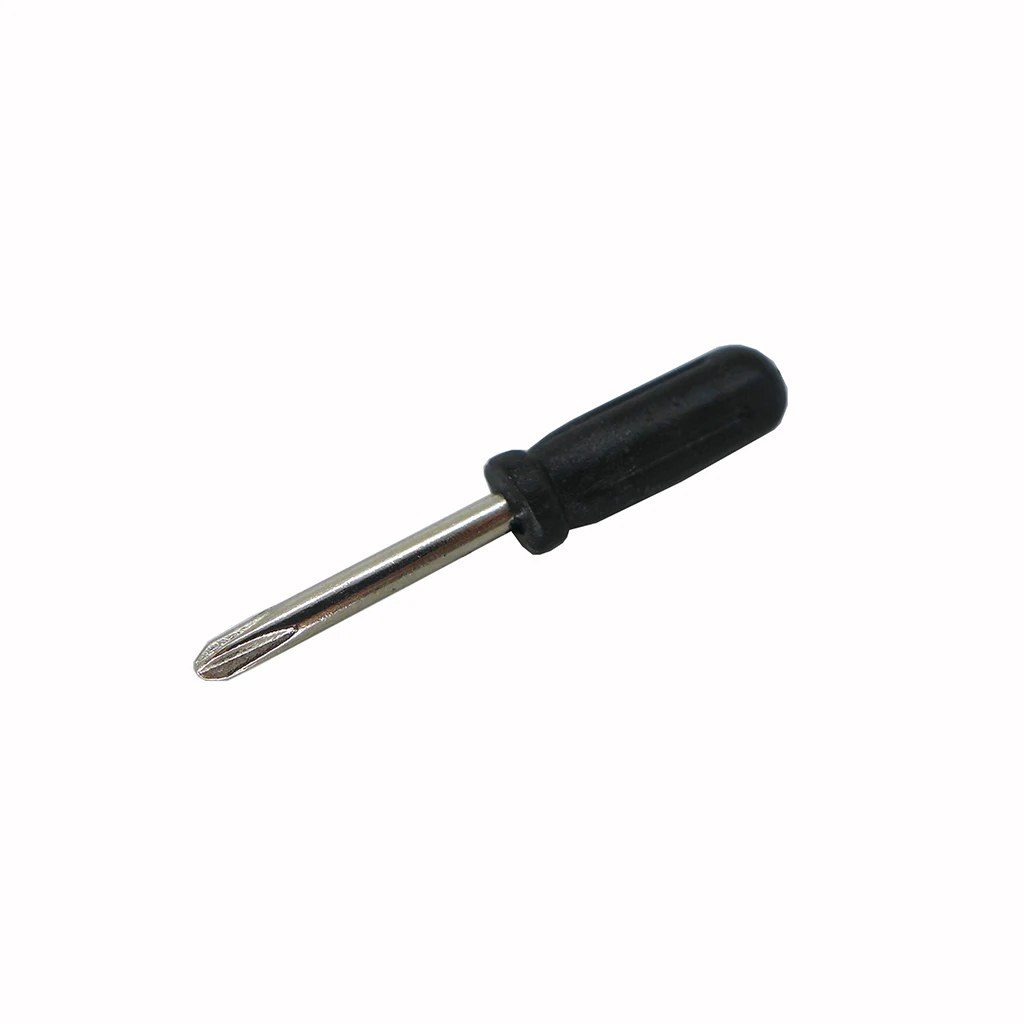 Practical Usage Tips
Practical Usage Tips
To maximize the effectiveness of a Phillips head screwdriver, proper technique is essential. This section will walk you through some practical tips to ensure you’re using your Phillips head screwdriver correctly and efficiently.
Proper Grip and Torque Application
The way you hold and apply force with a Phillips head screwdriver determines your success in driving screws. Always grasp the handle firmly with your whole hand for stability. Align the screwdriver with the screw, ensuring the tip fits into the screw head snugly. When turning the screwdriver, apply pressure downwards to keep the tip seated while rotating. Use a wrist-twisting motion for better control and to avoid over-tightening or under-tightening. Remember, the right amount of torque is crucial; too much can strip the screw, and too little won’t secure it properly.
Avoiding Cam-out and Stripped Screws
‘Cam-out’ is a common problem when the screwdriver tip slips out of the screw head during rotation. This can damage the screw and the tool, making future work difficult. To avoid cam-out, ensure you’re using the correct size Phillips head screwdriver for the screw. Press down firmly and maintain consistent pressure as you turn the screwdriver. If you feel the screwdriver slipping, stop immediately, re-seat it, and continue with the right size tool. To prevent stripping the screw, start slowly and increase your turning speed once the screw is securely engaged. Also, avoid angling the screwdriver; keeping it straight will reduce the risk of damaging the screw head.
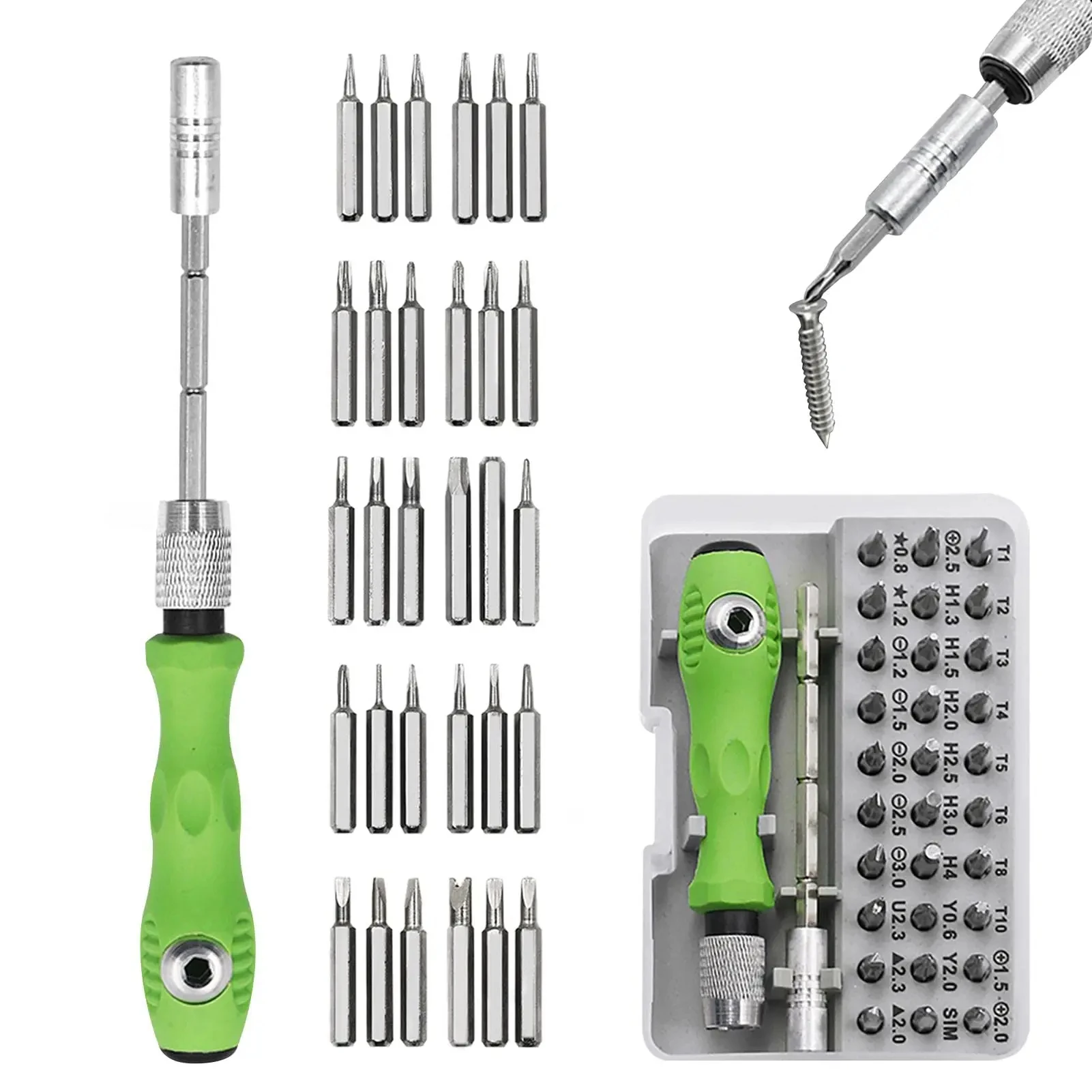 Maintaining Your Screwdriver
Maintaining Your Screwdriver
To keep your Phillips head screwdriver in top condition, it’s important to maintain it well. Proper maintenance not only extends the life of the tool but also ensures it functions effectively every time you need it.
Cleaning and Rust Prevention
Regular cleaning is important for any Phillips head screwdriver. Wipe the tip and shaft with a clean cloth after each use to remove debris. For tougher grime, use a brush and soapy water. Dry your screwdriver thoroughly to prevent rust. Apply a light oil to the metal parts occasionally. This helps to repel moisture and protect against rust. Always store your screwdriver in a dry place to avoid damp conditions.
When to Replace Your Screwdriver
Even with great care, a Phillips head screwdriver won’t last forever. Look for signs of wear such as a rounded tip or damaged flutes. If the screwdriver struggles to grip screws, or slips frequently, it’s time for a replacement. In some cases, you may only need to replace the tip if it’s a model with interchangeable bits. Remember, using a worn tool can damage screws and makes your work harder. Replace it to ensure efficiency and safety.
Advanced Techniques
To make the most of a Phillips head screwdriver, advanced techniques can be very helpful. These can improve your efficiency and ease when tackling difficult tasks.
Using a Phillips Head Screwdriver in Tight Spaces
Working in tight spaces requires skill with your Phillips head screwdriver. Here are some tips:
- Choose a screwdriver with a shorter shaft to maneuver easily.
- Use a stubby or offset screwdriver if space is very limited.
- Try a ratcheting Phillips head screwdriver to turn screws without repositioning the tool.
- Keep your wrist firm and stable to maintain control over the screwdriver.
Remember, working in cramped conditions can be tricky. Take your time to ensure you do not strip the screw.
Applying Extra Torque with Screw-Holding Screwdrivers
Sometimes, extra torque is necessary. A screw-holding Phillips head screwdriver can help. Here’s how to use them effectively:
- Ensure that the screw-holding mechanism is engaged with the screw head.
- Apply steady pressure to keep the screw in place while turning.
- Use a T-handle screwdriver for more leverage when additional torque is needed.
- Consider using a power tool with a Phillips head bit for the toughest jobs.
These screwdrivers are great for heavy-duty tasks. They ensure screws go in straight and firm.
Case Studies: Applications
Home DIY Projects
Phillips head screwdrivers play a huge role in home DIY projects. They are ideal for general repairs and assembling flat-pack furniture. For example, when building a bookshelf, the right size screwdriver makes the task easier. It fits the screws perfectly, which helps secure the shelves firmly. They also come in handy in toy assembly. The precision screwdrivers help fix small parts without damage. With the correct Phillips head screwdriver, you can hang pictures, tighten cabinet doors, or even fix electronics.
Professional Work Environments
In professional settings, Phillips head screwdrivers prove their worth daily. Mechanics use them for car repairs, ensuring parts fit snug and secure. Technicians find them invaluable when working on electronics with delicate screws. In construction, builders rely on the durability of impact-ready screwdrivers. These withstand the high torque of power tools. Electricians use them to safely install switches and outlets. Phillips head screwdrivers ensure accuracy and safety in professional work, no matter the task.
Advanced Techniques for Using Screwdrivers
Mastering advanced techniques can enhance your efficiency and skill when using a Phillips head screwdriver.
Double-Ended Screwdrivers
Using a double-ended Phillips screwdriver provides versatility, allowing quick switches between sizes without changing tools.
Torque Control
Learning to control the torque applied ensures screws are neither too loose nor over-tightened, preserving the integrity of both the tool and the workpiece.
One-Handed Operation
With practice, you can drive screws using one hand, freeing the other hand for additional tasks and improving overall efficiency.
Precision Alignment
Ensuring precise alignment between the screwdriver and screw head minimizes the risk of stripping and enhances the accuracy of screw placement.
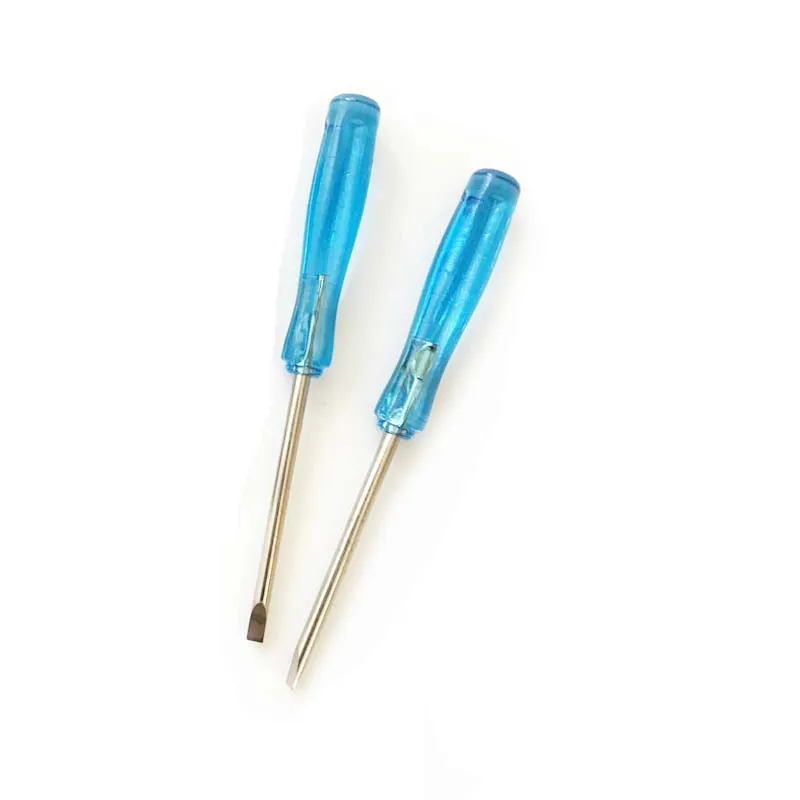 Customizing Your Screwdrivers
Customizing Your Screwdrivers
Personalizing your tools can improve usability and comfort, making tasks more enjoyable and efficient.
Handle Customization
Adding grip enhancements or ergonomic handles can provide better control and reduce hand fatigue during prolonged use.
Tip Modifications
For specialized tasks, consider customizing the tips of your Phillips screwdrivers to better match specific screw types or sizes, increasing effectiveness.
Color Coding
Color-coding your screwdrivers helps in quick identification of sizes and types, streamlining your workflow and reducing the time spent searching for the right tool.
Adding Tool Accessories
Incorporate accessories like torque adapters or bit holders to expand the functionality of your Phillips head screwdriver, enhancing its versatility.
The Role of Screwdrivers in Modern Toolsets
In today’s advanced toolsets, Phillips head screwdrivers continue to play a significant role due to their practicality and adaptability.
Integration with Power Tools
Modern Phillips screwdrivers often integrate with power tools, such as drills and impact drivers, combining manual precision with automated efficiency.
Multipurpose Toolkits
Phillips screwdrivers are a staple in multipurpose toolkits, ensuring that users have a reliable tool for a variety of tasks in a compact form.
Smart Tool Innovations
Emerging smart tools incorporate Phillips screwdrivers with digital features, such as torque sensors and connectivity options, enhancing their functionality and user interaction.
Sustainable Tool Practices
As tools evolve, manufacturers emphasize sustainability, producing Phillips screwdrivers that align with eco-friendly practices and materials.
DIY Projects: Utilizing Screwdrivers Effectively
For DIY enthusiasts, the Phillips head screwdriver is a fundamental tool that enables a wide range of projects.
Assembling Furniture
From flat-pack furniture to custom builds, Phillips screwdrivers simplify the assembly process, ensuring screws are securely fastened.
Home Repairs
Whether fixing a loose cabinet door or installing new hardware, a Phillips screwdriver provides the necessary precision and torque for effective home repairs.
Crafting and Hobby Projects
Artists and hobbyists use Phillips screwdrivers for crafting projects that involve detailed and precise screw placements, enhancing the quality of their work.
Garden Equipment Maintenance
Maintaining garden tools and equipment often involves tightening or replacing screws, making a Phillips screwdriver essential for outdoor projects.
 Conclusion
Conclusion
In conclusion, the Phillips head screwdriver stands as a fundamental tool that combines simplicity with versatility. Its unique design, range of types, and wide array of applications make it indispensable in both professional and DIY settings. By selecting the right screwdriver, maintaining it properly, and mastering effective usage techniques, you can ensure that this tool serves you well for years to come. Whether you’re assembling furniture, repairing electronics, or tackling construction projects, the Phillips head screwdriver remains a reliable and essential component of any toolbox. Embrace its versatility and let it enhance your efficiency and craftsmanship in every task you undertake.
